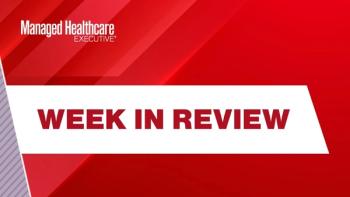
|Slideshows|August 17, 2018
Ten Simple Ways Healthcare Providers Can Make Patients Happier
Author(s)Mark Rowh
You can’t make every patient satisfied every time, but it’s worth a shot. Here are 10 simple strategies for providers to consider.
Advertisement
You can’t make every patient satisfied every time, but it’s worth a shot. Here are 10 simple strategies for providers to consider.
Newsletter
Get the latest industry news, event updates, and more from Managed healthcare Executive.
Advertisement
Advertisement
Advertisement
Trending on Managed Healthcare Executive
1
How new psoriasis, alopecia and atopic dermatitis therapies stood out at Fall Clinical Derm 2025
2
The FDA proposes ditching comparative efficacy studies for biosimilars
3
UC Davis develops new drug for bladder cancer patients
4
Misdiagnosis of Type 1 diabetes remains a major problem, despite advances
5

















































